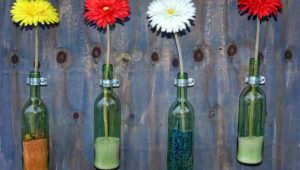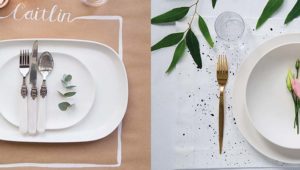

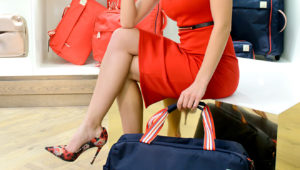
5 Packing tips for your honeymoon or destination wedding

DIY + printable: Hot cocoa wedding favours

3 Tips to cut your catering costs by half
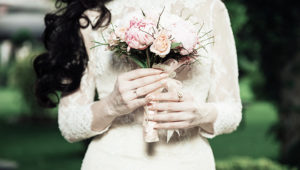
Where white wedding traditions really came from

DIY: Origami napkins
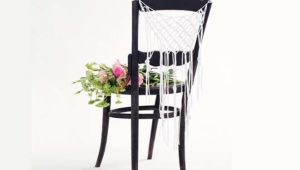
DIY: Macramé chair drape

How to choose a men’s wedding band

3 Truths about eloping
